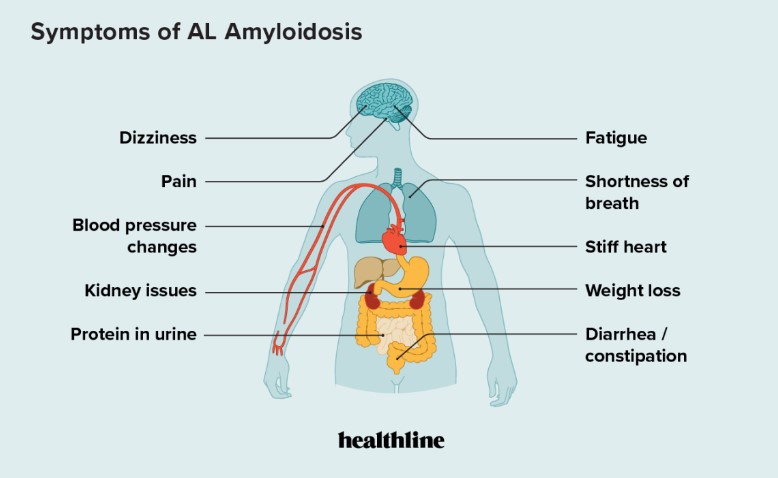CABG vs. Stenting: Understanding the Choices for Coronary Artery Disease

Living with Coronary Artery Disease (CAD) brings about numerous challenges, and one of these is deciding on the most suitable treatment option when medical therapies fail to provide desired results. While there is no cure for coronary artery disease, two common procedures, coronary artery bypass grafting (CABG) surgery and stenting, are often recommended by doctors to help manage symptoms and prevent death (in the case of a heart attack). This blog aims to provide clear and informative insights into both CABG surgery and stenting.
CABG Surgery
Coronary Artery Bypass Grafting, commonly known as CABG, is a heart bypass surgical procedure designed to improve blood flow to the heart muscle.
CABG Purpose
The primary purpose of CABG surgery in the treatment of coronary heart disease is to improve blood flow to the heart muscle, especially when the coronary arteries become narrowed or blocked due to the buildup of plaque. It involves utilizing healthy blood vessels from other parts of the body to create a new pathway for the blood.
CABG is often recommended to relieve symptoms of coronary artery disease, such as chest pain (angina).
This heart bypass surgery is considered when the extent and location of the damage from coronary artery disease make it challenging to address with less invasive procedures.
CABG Procedure
Before proceeding with the CABG surgery, a thorough preoperative preparation steps are performed. This involves an extensive medical evaluation using various tests and scans to assess your overall health, heart function, and the severity of the coronary artery disease.
Firstly, the Intravenous (IV) lines are inserted for medications and fluids, and the patient is placed under general anesthesia.
The next step is the selection of the blood vessels or grafts for the heart bypass surgery. Commonly used grafts include veins from the leg (saphenous vein) or arteries from the chest (internal mammary artery). The grafts are carefully harvested while preserving their integrity.
A surgical incision is then made either down the center of the chest or horizontally across the left chest wall, depending on the location of the blocked arteries.
In most cases, a heart-lung bypass machine temporarily takes over the functions of the heart and lungs during the operation. This allows the surgeon to work on a still heart, providing a clear and stable operating field.
The harvested vessel is meticulously attached to the healthy portions of the coronary arteries above and below the blockage. This creates a new pathway for blood to flow, bypassing the narrowed or blocked section.
In the last step of the CABG surgery, the surgeon will gradually withdraw the heart and lungs off the machine and allow them to resume their normal function. The chest wall is then carefully closed with sutures or staples, and the breastbone is reconnected using wires or sutures.
CABG Recovery
After surgery, you’ll be closely monitored in the intensive care unit (ICU) for the first 24-48 hours.
Pain management, chest tube drainage for fluid removal, and breathing exercises to prevent complications will be implemented.
A physical therapist will guide you on regaining strength and mobility, and a hospital stay of 5-7 days is typical, followed by a cardiac rehabilitation program to support recovery and improve overall heart health.
CABG Risks
Here is a list of common risks associated with CABG as a coronary heart disease treatment:
- Bleeding
- Infection
- Stroke
- Heart Attack
- Arrhythmias (Irregular Heartbeat)
- Kidney Problems
- Blood Clots
- Breathing Problems
- Graft Failure
- Wound Complications
Angioplasty with Stenting
Stenting is a minimally-invasive medical procedure in which a stent, a small, flexible tube-like device, is used to open and support a narrowed or blocked blood vessel or other tubular structures in the body. Stents are commonly used in coronary artery disease treatment after angioplasty, where a threaded wire is used through a small puncture in the body to widen the problematic blood vessel.
Stenting Purpose
Stents are frequently used in the treatment of coronary artery disease to open and maintain the patency of narrowed coronary arteries. This helps improve blood flow to the heart muscle, relieving symptoms like chest pain (angina) and reducing the risk of heart attacks.
Stenting Procedure
The patient is prepared for the procedure, which may involve the administration of sedatives or local anesthesia. Apart from this, vital signs, such as heart rate and blood pressure, are monitored.
A thin, flexible tube called a catheter is inserted into an artery in your groin, arm, or wrist. Using X-ray imaging, the doctor guides the catheter through your bloodstream to the narrowed or blocked coronary artery.
A small balloon positioned at the tip of the catheter is inflated to widen the narrowed section of the artery. This process is called balloon angioplasty. Once the balloon is inflated and the artery is widened, a collapsed stent is positioned around the balloon. As the balloon is deflated, the stent expands and remains in place, holding the artery open to allow improved blood flow.
Once the stent is deployed, the balloon and catheter are carefully removed from the body.
Stenting Recovery
Since standing is a minimally invasive procedure, the recovery period is fairly short, lasting only several hours in the hospital. In the initial hours following the intervention, patients are closely monitored in a recovery area, where vital signs and potential complications are carefully observed. Depending on the complexity of the procedure, an overnight hospital stay may be recommended.
As patients progress through the recovery process, they are encouraged to gradually resume normal activities and mobility. Walking is often promoted to enhance circulation and reduce the risk of blood clots. Medications are prescribed to manage symptoms, prevent blood clots, and support the healing process.
Follow-up appointments play a vital role in the recovery journey. These appointments include follow-up imaging studies or angiograms to assess the effectiveness of the stenting procedure and ensure the sustained openness of the blood vessel.
Stenting Risks
While stenting is a common and generally safe medical procedure, like any medical intervention, it is not without risks. These include:
- Bleeding
- Infection
- Allergic reaction
- Blood vessel damage
- Blood clots
- Stent thrombosis
- Kidney damage
- Stroke
- Anesthesia complications
Bypass Surgery vs. Stent
Both bypass surgery and stenting are procedures used to improve blood flow to the heart muscle in individuals with CAD. However, they differ in their approaches, recovery timelines, and risks, as discussed above. The following differences usually guide decisions:
- CABG surgery is an invasive procedure, while stenting is minimally invasive.
- CABG is preferred for comprehensive revascularization.
- Stenting is usually preferred for emergency situations, barring some.
- Stenting has a quick recovery timeline.
- Stenting is the first choice as minimally invasive procedures where the left anterior descending artery is not blocked.
- CABG surgery shows better outcomes than stenting when all three vessels are compromised and there is severe blood vessel damage or frailty.
- CABG is also believed to be the superior and only choice for diabetic patients.
- The cost of coronary artery bypass graft surgery tends to be higher than that of angioplasty plus stenting procedures.
But it is important to keep in mind that the decision between bypass surgery and stent placement is individualized and depends on the severity and location of the blockage, overall health, risk factors and individual preferences.
Final Words
Preparing for surgery as a treatment for CAD can feel overwhelming, and the added pressure of associated stent or coronary artery bypass surgery costs can make it even more stressful. Don’t worry, you can always discuss your financial concerns openly with your doctor. They may be able to suggest alternative treatment options or connect you with resources to manage your costs while getting the best treatment possible.
Disclaimer:
This article has been written for information purposes only, and is not a substitute for professional medical advice by a qualified doctor or other health care professional. The author is not responsible or liable, directly or indirectly, for any form of damages whatsoever resulting from the use (or misuse) of information contained in or implied by the information in this article. Always consult a qualified healthcare provider for accurate diagnosis, personalised treatment, and recommendations tailored to your individual health needs.






